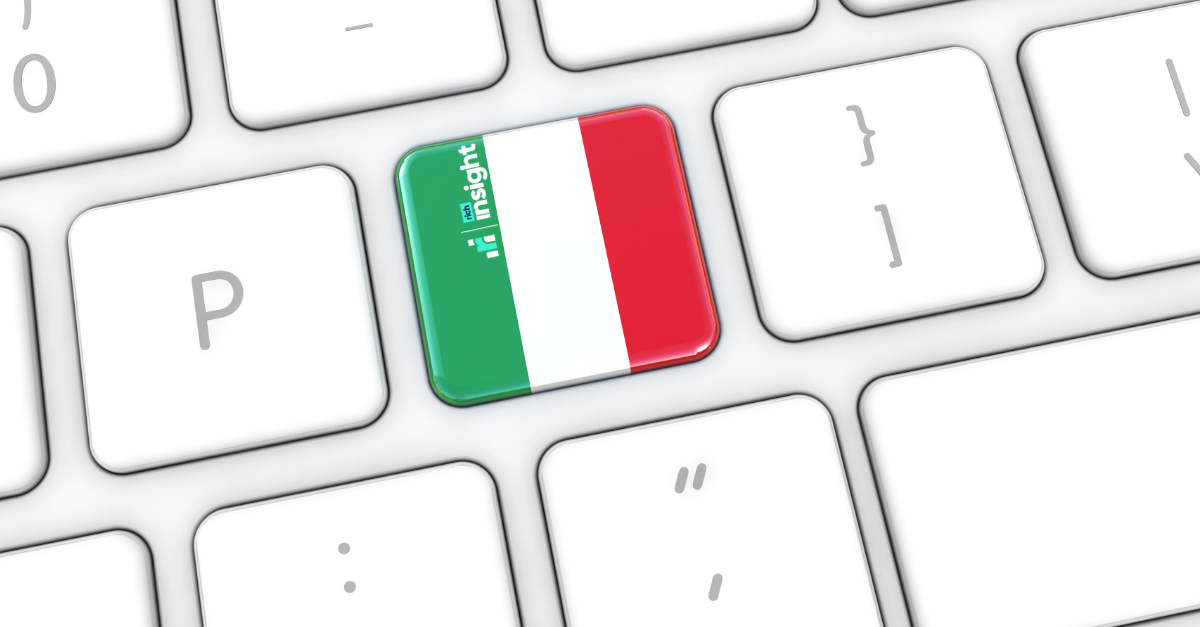Amazon dominates US e-commerce, right? From one angle, the stats paint a compelling case with Amazon receiving 2.7 billion monthly views in the US and accounting for 38% of online purchases.
But from another angle, almost two-thirds of US online sales are taking place on non-Amazon sites (62%) and there are 54 non-Amazon marketplaces with over 1 million monthly views in North America.
Either way you look at it, there’s clearly opportunities for brands beyond Amazon, but where should you look?
The US marketplaces overview
With its huge population (332 million) and high purchasing power (average income of $98,000), the United States was surprisingly slow to the e-commerce game as large distances between cities and low population densities reduced shipping viability. However, the pandemic accelerated online shopping trends and now 70-80% of US shoppers buy online.
In particular, US marketplaces have thrived over the past few years:
- Half (51) of the world’s top 100 marketplaces are based in the United States.
- These platforms made $870 billion of sales in 2022.
- North America’s top 48 marketplaces receive 5.5 billion monthly visits.
Amazon is the gold medal champion of US marketplaces, with ebay and Walmart completing the podium. But, dig below the surface, and the US has a wide range of general marketplaces (i.e. Target) and specialist category platforms, such as fashion (Macy’s), homeware (Houzz), books (i.e. Barnes & Noble) and electronics (i.e. Newegg), that might be well suited to your products.
5 US marketplaces you should know about
eBay
Launched in 1995, eBay was the ‘original’ online marketplace and remains an integral part of the US marketplace scene, coming second to Amazon in terms of monthly views and gross merchandise value. Operating in the discount price range across every product market, it’s a great option for companies looking to offload stock either using its famed 'auction’ process or at fixed prices.
- Monthly views: 790 million (2022)
- Commission: $0.35 insertion fee per listing (if listing 250+ items per month) + 13.25% of the sale price + $0.30 per order.
Walmart
The United States’ largest retailer sells more products than Amazon, but has a much smaller online marketplace with around 100,000 vendors compared to Amazon’s 6 million marketplace sellers. Launched in 2009 and operating in the midmarket price range across a wide range of product categories, Walmart’s marketplace doesn’t charge listing or monthly fees (you only pay fees per sale) and also offers a fulfilment service similar to Amazon, which is great for sellers used to Amazon's FBA service.
- Monthly views: 443 million (2022)
- Commission: 6-15% per item depending on category
Target
Better known for its huge physical stores, Target also launched a digital marketplace platform called Target Plus in 2019. Growing year-on-year, the platform allows approved sellers to merchandise their products directly to shoppers, which is a great avenue for sellers that prefer autonomy over pricing and distribution. With Target hand picking its sellers (only around a dozen join each month), listings are harder to get, but show that your brand is trusted.
- Monthly views: 198 million (2022)
- Commission: 5-15%
Poshmark
Formerly known for its second-hand style merchandise, Poshmark launched its Brand Closet programme in 2021 giving big brands access to its 80 million registered users in the US, Canada and Australia. Given 80% of Poshmark’s audience are Gen Z and millennials, its marketplace is a great place for brands that sell clothing, pets and homeware goods to these demographics. Poshmark also offers seller training to help brands make the most of the platform.
- Monthly views: 46.3 million (2022)
- Commission: $2.95 (sales under $15) or 20% commission (sales over $15)
Newegg
If the name Newegg means nothing to you, it does to millions of electronics buyers. Having made its name as a PC components and electronics retailer, Newegg launched its marketplace in 2011 which specialises in tech products, but also sells jewellery, sunglasses, homewear, toys and games on the site. Creating a Newegg seller account is free and the set-up process is quick and painless.
- Monthly views: 20 million (2022)
- Commission: 8-15% per item
Which US marketplaces are right for my products?
That’s just the tip of the iceberg. From Wayfair and Home Depot to Overstock and Kroger Marketplace, there are many US-based marketplaces that might be right for your products, the big question is: which ones? Follow these five simple steps to find out.
- Select your short-term objectives - Be it building brand awareness or clearing out stock, and then create a shortlist of marketplaces that are suited to these objectives.
- Assess the profitability - Look at distribution, warehousing, management, commission costs and regulations to consider whether it’s viable to sell on these marketplaces.
- Choose your operational model - Whether you prefer fully outsourcing fulfilment or having full autonomy over the process, consider if the marketplace offers your desired model.
- Score the shortlist - Based on brand, financial, commercial and operational factors and then weight the final score according to your business objectives.
- Get launch advice for your top scored marketplaces - Reach out to the selected marketplaces directly or speak to a specialist consultant like eManaged for tips on getting started.
For more advice on selecting the right US marketplaces, check out our blog.
Key references
https://www.webretailer.com/marketplaces-worldwide/online-marketplaces/
https://www.digitalcommerce360.com/article/infographic-top-online-marketplaces/
https://www.similarweb.com/blog/ecommerce/retail-insights/target-vs-walmart/






Blog Comments